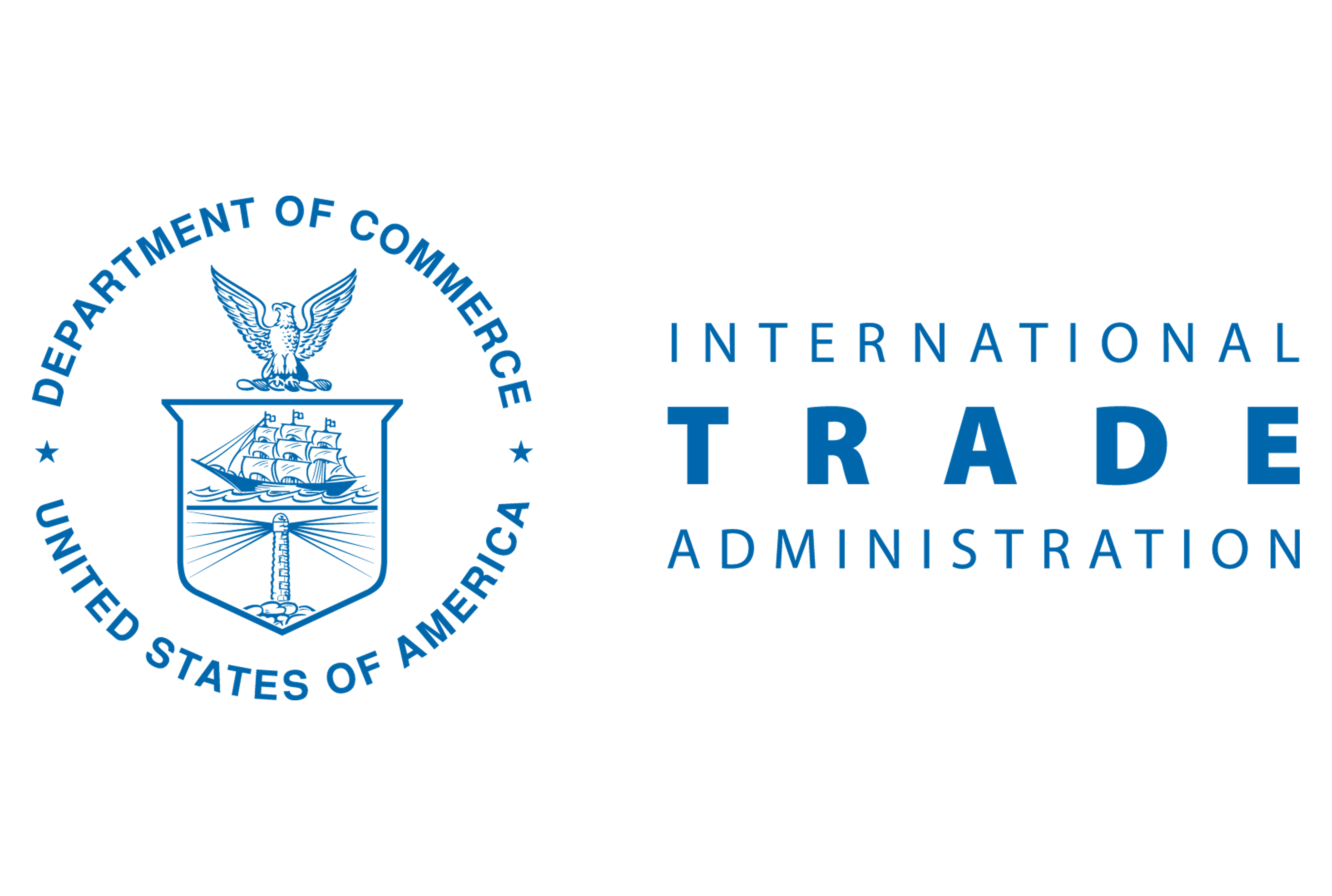Analysis

April 10, 2022
Final Thoughts
Written by Michael Cowden
If you’re feeling whiplash from the current market, I’d take some comfort in the fact that you’re not alone.
I remember attending Great Designs in Steel, one of my favorite events, in Livonia, Mich., back in May 2018.
![]() My absolute favorite part of GDIS is seeing the latest vehicle models dissected – and all the cool stuff people are doing with high strength steels.
My absolute favorite part of GDIS is seeing the latest vehicle models dissected – and all the cool stuff people are doing with high strength steels.
I also like the chance if provides to ask folks in the trenches of the automotive sector how things are going. Recall that Section 232 was big, big news in the spring of 2018.
I asked an executive over lunch how his company was handling forecasting in a time of political and trade policy uncertainty, with Section 232 being a prime example.
He didn’t say anything. He shrugged, licked his fingers and made a motion like he was throwing a dart.
Let’s say you were to chart out HRC prices going back to 2007. (You can do that here.) You would see that Section 232 and the Great Financial Crisis – both huge events for the steel market – are mere road bumps compared to the spikes caused by the Covid-19 pandemic in 2020-21 and the war in Ukraine this year.
The latest development in the war, as it concerns the North American flat-rolled steel market, is increased tariffs on Russian pig iron, slabs and finished steel. That results from legislation signed into law by President Biden on Friday and that went into effect on Saturday. Lewis Leibowitz has a good analysis here.
What do Section 232 and increased tariffs on Russian goods have in common? That they were announced and took effect almost at the same time. The politics of it make sense. The US wants to be able to further pressure Russia – and to be able to do so quickly.
From a supply chain management perspective? This makes an already tall task even taller, especially if you rely on goods – whether ferrous, nonferrous or food – from Russia.
If I were to speak with that automotive executive again, I would ask about price forecasting. I would also ask whether his company was moving supply lines in response to global events.
I’m curious what his mimed response might be. Another throw of an imaginary dart, this time while blindfolded? Or a different gesture.
How can an automotive company, or any manufacturer, forecast in a world with so many variables, especially when they can change drastically in a matter of days or even hours? And how can a steel supplier rely on such forecasts knowing full well that they are inherently less reliable than in the past?
I think Ryerson president and CEO Eddie Lehner was onto something when he suggested keeping close tabs on lead times in our last Community Chat. Don’t go short, don’t go long – buy as needed based on current lead times.
I also recall Paolo Rocca, CEO of TechInt Group (the parent company of Ternium and Tenaris), saying at a World Steel Association event in Monterrey, Mexico, in October 2019 that “regionalism” – as evidenced by Section 232 and geopolitical turmoil – was here to stay, especially when it came to supply chains.
We have a different president and different trade policies in 2022. But Rocca was right. Regionalism is here to stay.
By Michael Cowden, Michael@SteelMarketUpdate.com







